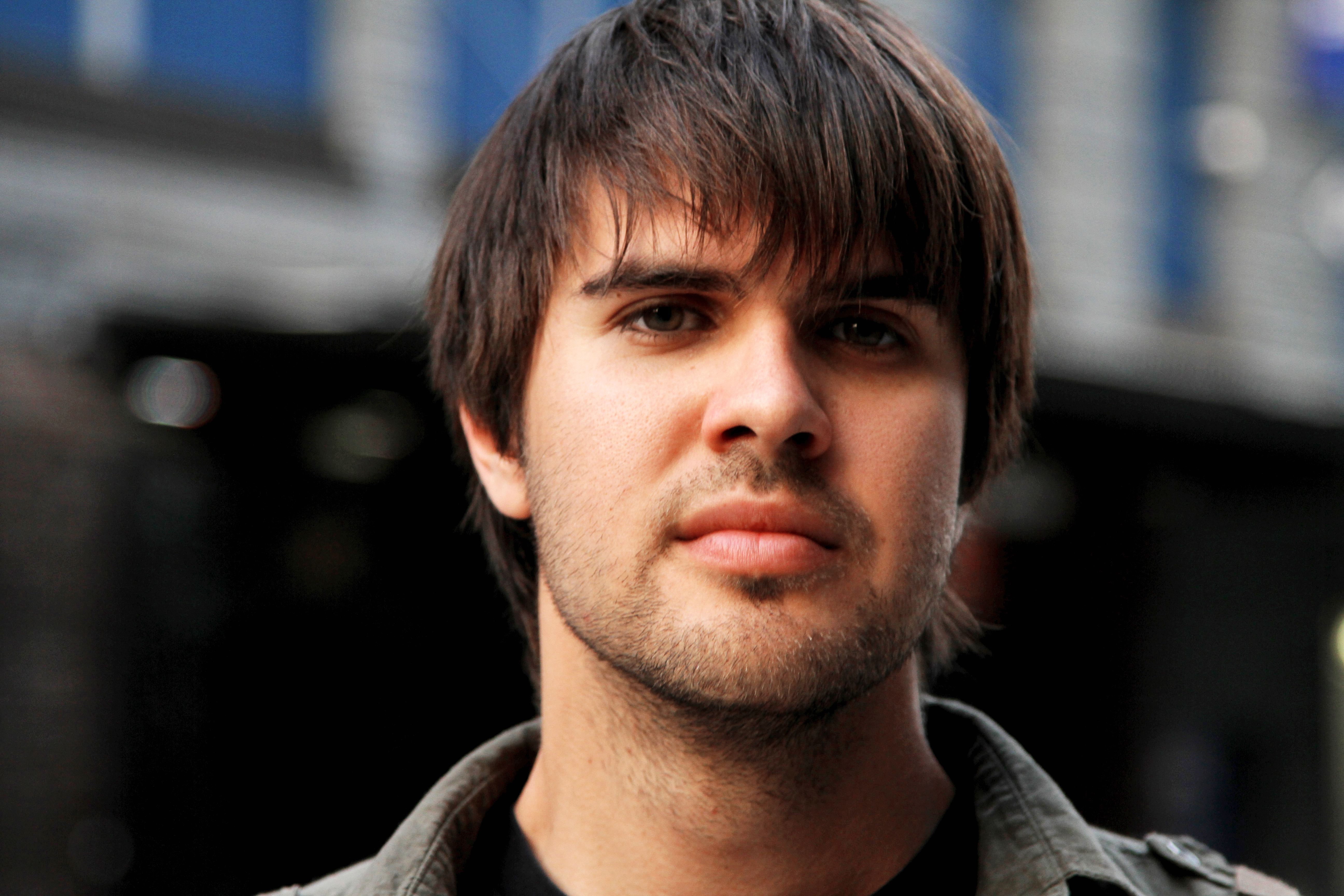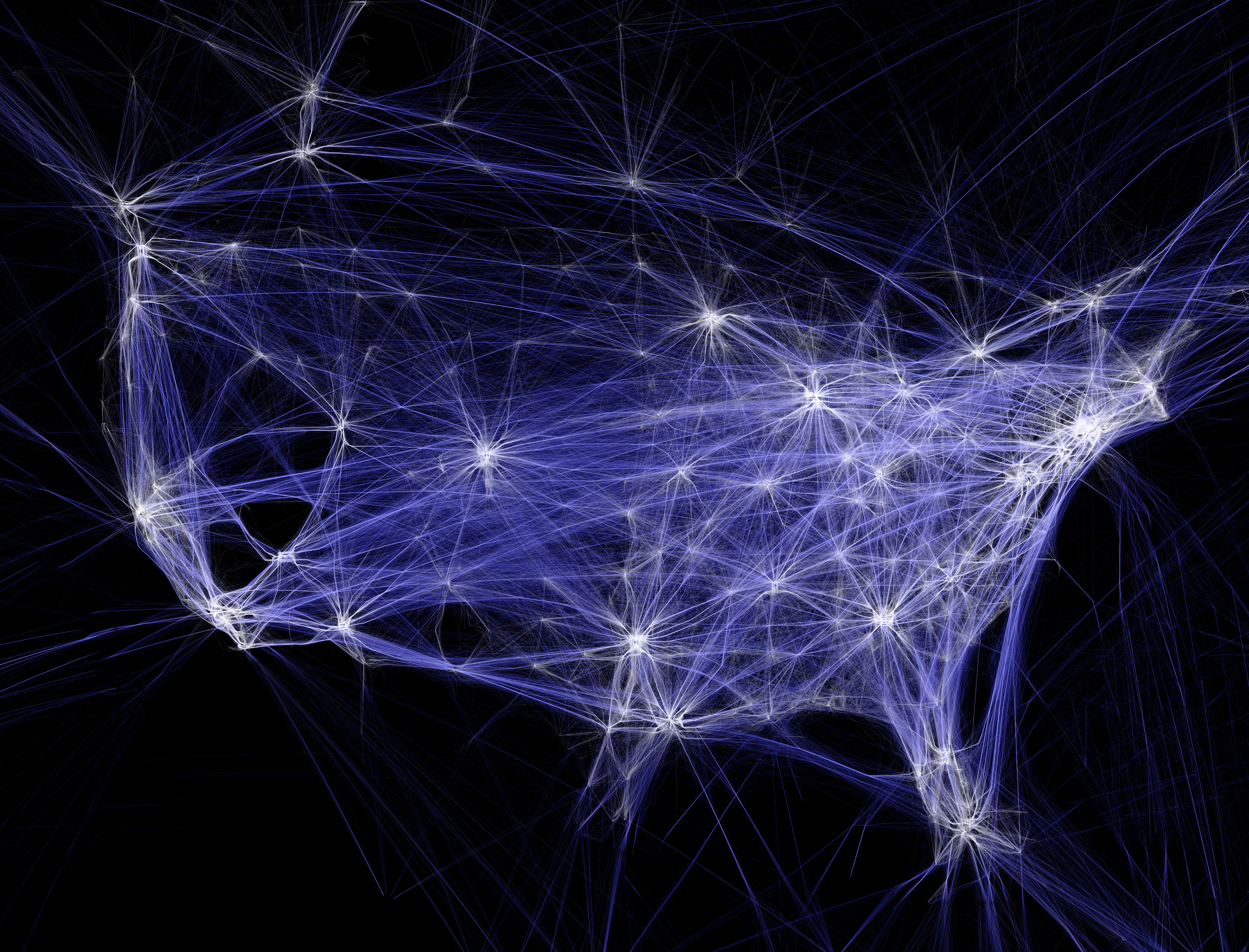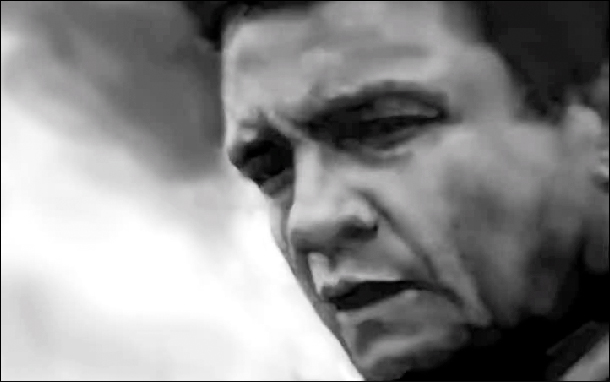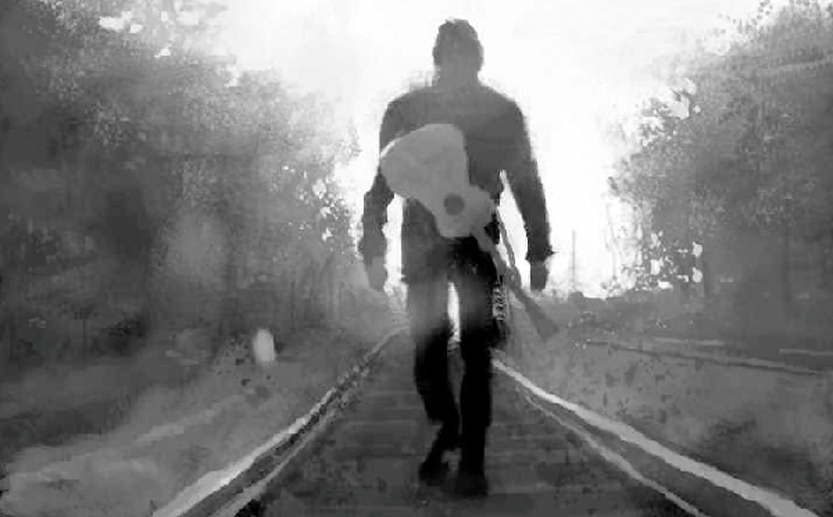
Aaron Koblin

Koblin helped create the project “New York Talk Exchange” with the SENSEable City Lab at MIT for the Museum of Modern Art. The work illustrates the AT&T long-distance telephone and Internet protocol data exchange between New York City and international cities in real time.
Courtesy of Aaron Koblin

“Flight Patterns” earned the National Science Foundation’s first place award for science visualization in 2007.
Courtesy of Aaron Koblin

“The Johnny Cash Project” earned a Grammy nomination for Best Short Form Music Video to the song “Ain’t No Grave.”
Courtesy of Aaron Koblin
Aaron Koblin never intended to be an artist.
But at just 28 years old, alumnus Koblin has carved a profession out of his creative talents ““ one that earned him a Grammy nomination this year and his position as head of the Data Arts Team at Google’s Creative Lab.
“I was never really interested in figuring out what my career would be,” Koblin said. “I was more interested in having fun and making cool things.”
While Koblin initially began his undergraduate studies in computer science at UC Santa Cruz, he ultimately sought the creativity of fine art with an electronic art emphasis. The switch eventually drew Koblin to UCLA for graduate school, where he earned his master’s degree in Design | Media Arts in 2006.
“He was one of those students that delivered more than he promised,” said statistics Professor Mark Hansen, with whom Koblin worked while pursuing his master’s. “He always seemed to do more than I expected, and I think that shows up in the completeness of his work. It’s probably what distinguishes a great artist from someone who is dabbling.”
After completing graduate school, Koblin’s work earned the National Science Foundation’s first place award for science visualization. His projects have been shown internationally, including installations at this year’s Sundance Film Festival and work featured among the permanent collections of the Museum of Modern Art in New York and the Centre Pompidou in Paris.
Among his most recent collaborations, Koblin worked as a creative and technology director alongside director Chris Milk for “The Johnny Cash Project,” a tribute choreographed to the Cash song “Ain’t No Grave” and composed of thousands of fan-drawn submissions fused into a single video.
The work earned a Grammy nomination for this year’s Best Short Form Music Video, which will be determined Feb. 13.
Koblin also collaborated with Milk this year to create “The Wilderness Downtown,” an interactive music video coded in HTML5 and choreographed to the music of Arcade Fire’s single “We Used to Wait.” The piece ““ which was named Spin Magazine’s No. 1 music video of 2010 ““ allows viewers to enter their childhood address and uses Google map technology to produce individualized street view images from one’s hometown.
Koblin is reluctant to define his art. Rather, he attributes his data-driven, multidisciplinary creations to a culmination of ideas, treating each project as an individual story.
“Sometimes it starts as a data set that’s particularly interesting, or a question or a tool, and other times it’s more about wanting to express an idea,” Koblin said. “I think there’s a unifying principle in each one of the projects ““ they’re not entirely guided by myself.”
Koblin infuses the work of others within much of his own work ““ enlisting the help of other collaborators and sometimes even anonymous participation via the use of Amazon’s Mechanical Turk, an online distributed labor tool.
“It’s an interesting and valuable process to have a dialogue with other people and an ongoing discussion ““ not just the storytelling, but relating things that are relevant to people and on people’s minds,” Koblin said.
According to Koblin, his work is inspired by intersections ““ intertwining data and ideas not typically placed within the same dialogue and applying technology as a medium of creative expression.
“I feel that, to some extent, computer programming is one of the more pure ways of expressing ideas because we can use software architectures to express what’s actually going on in our heads,” Koblin said.
According to Design | Media Arts Professor Casey Reas, whose processing programming language Koblin cites as instrumental to his work, Koblin’s talent comes from his artistry of ideas.
“It’s not his technical skills that make him special, it’s his ability to find ideas that have residence in a larger public sphere and to be able to follow them through as well,” Reas said. “For a lot of his projects, he collaborates with many other people, but he seems to … find the right collaborators to make things work.”
Koblin said he is interested in the opportunities technology presents for artists to engage with a larger audience.
“I’m interested in the way technology can give us insights into systems we wouldn’t otherwise have any understanding of or any ability to talk about,” Koblin said. “I think that’s the powerful future of technology, the ability to organize quickly and communicate broadly and also deeply.
It’s a unique place that we’re at in history (and) a fun time for experimentation.”
